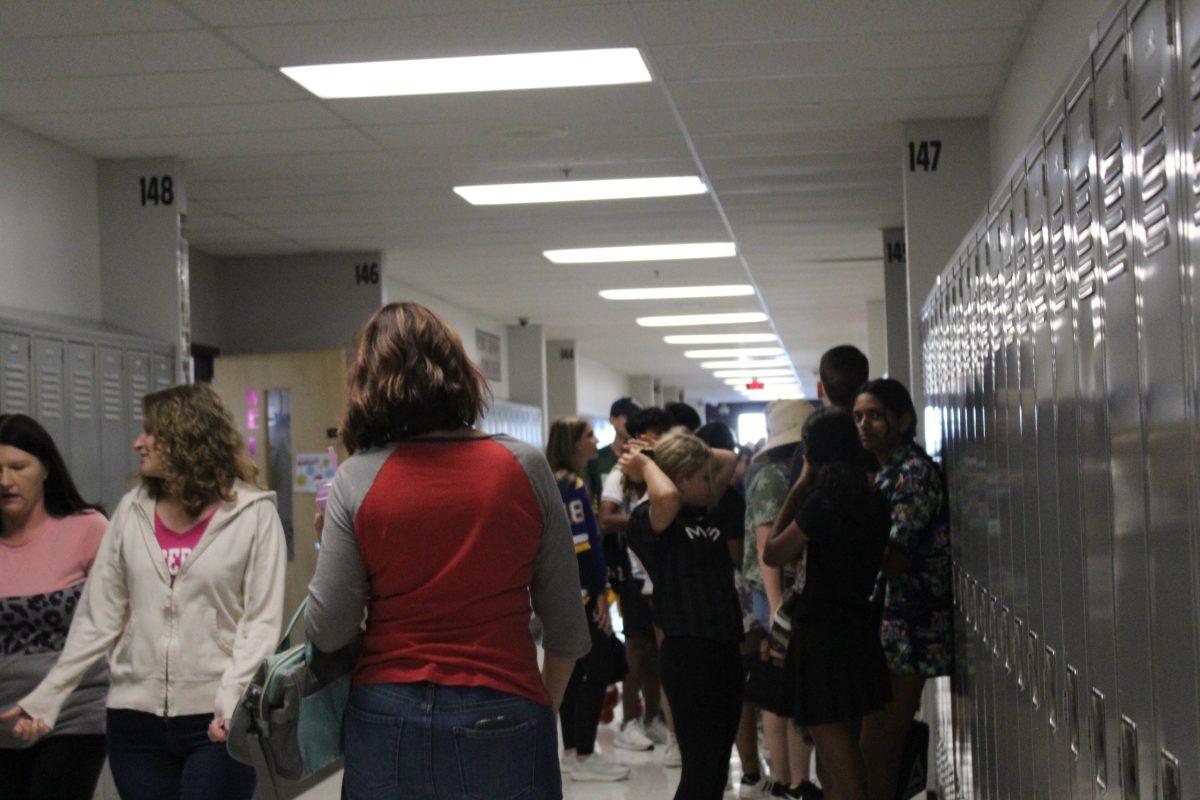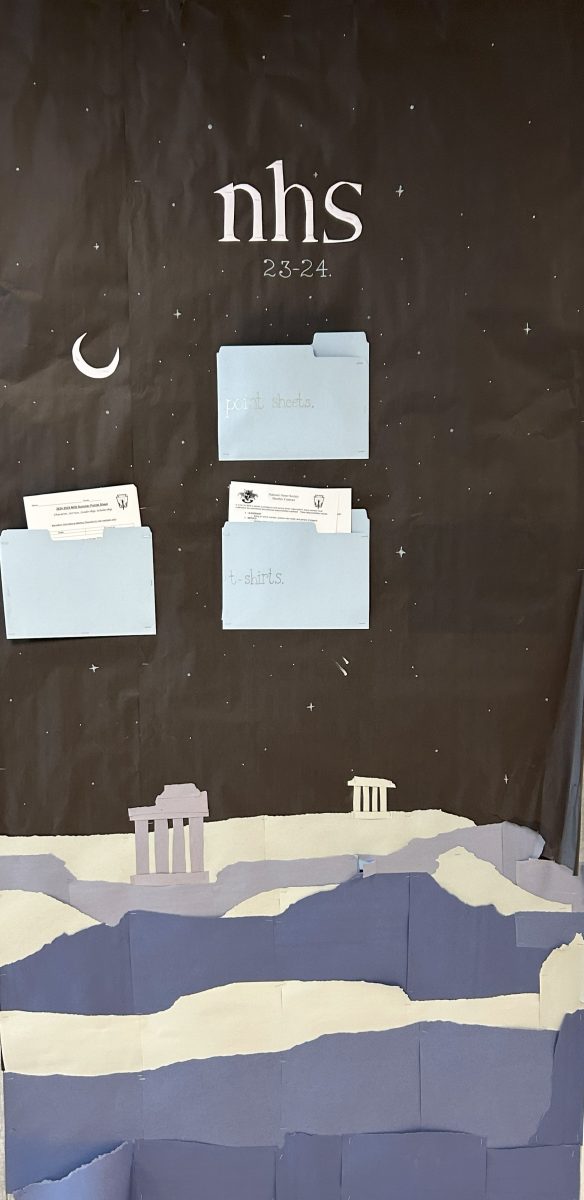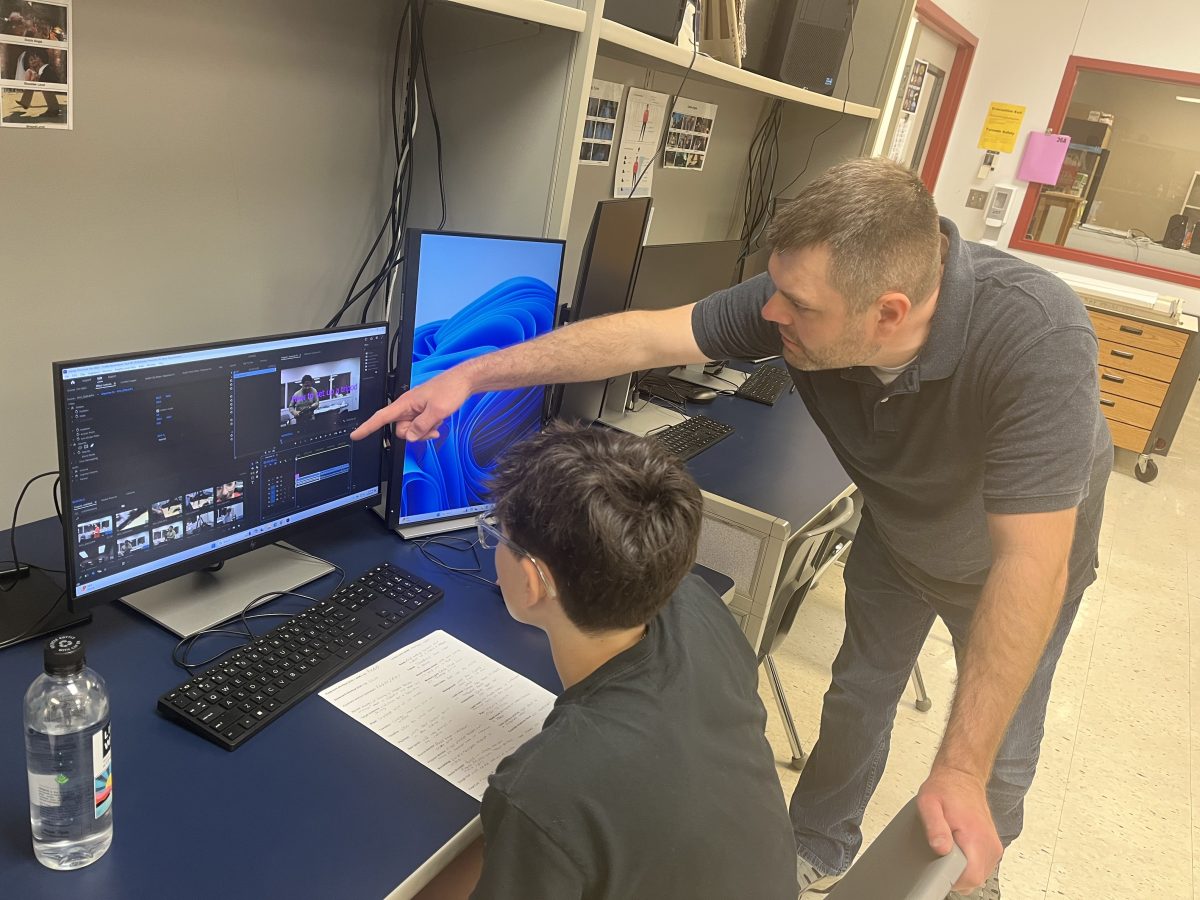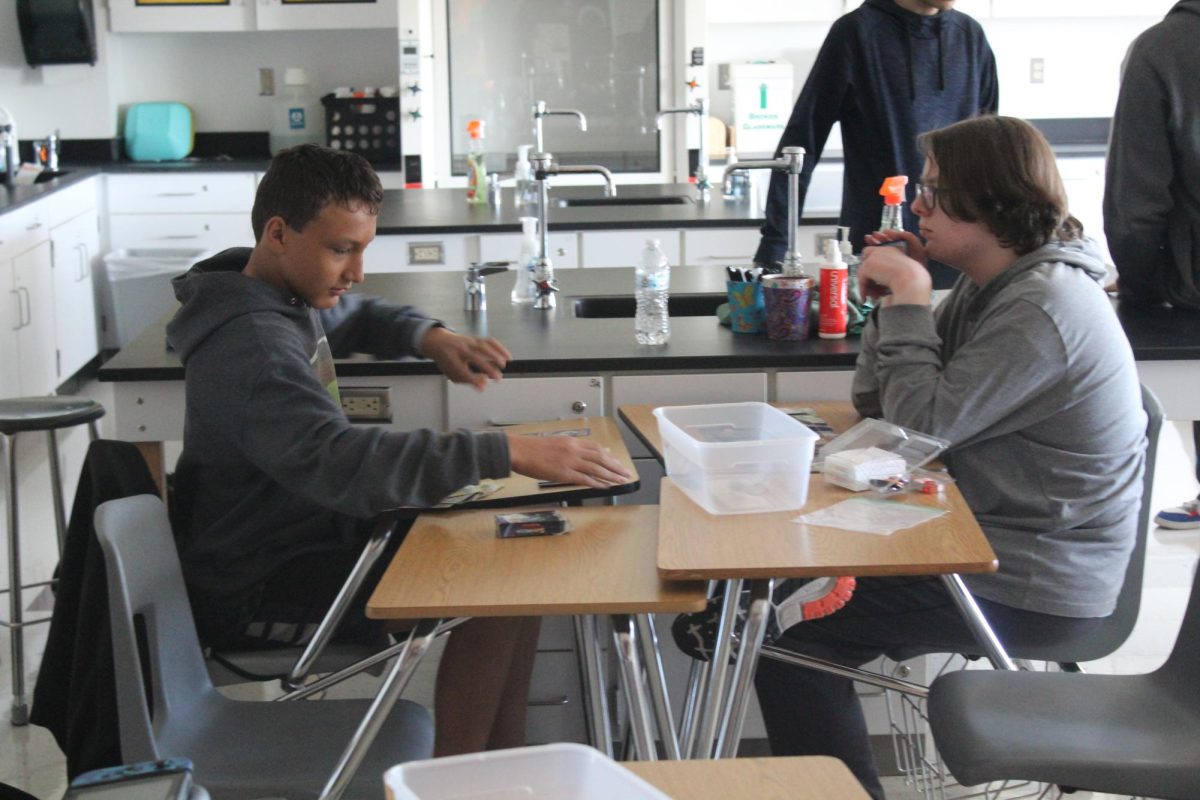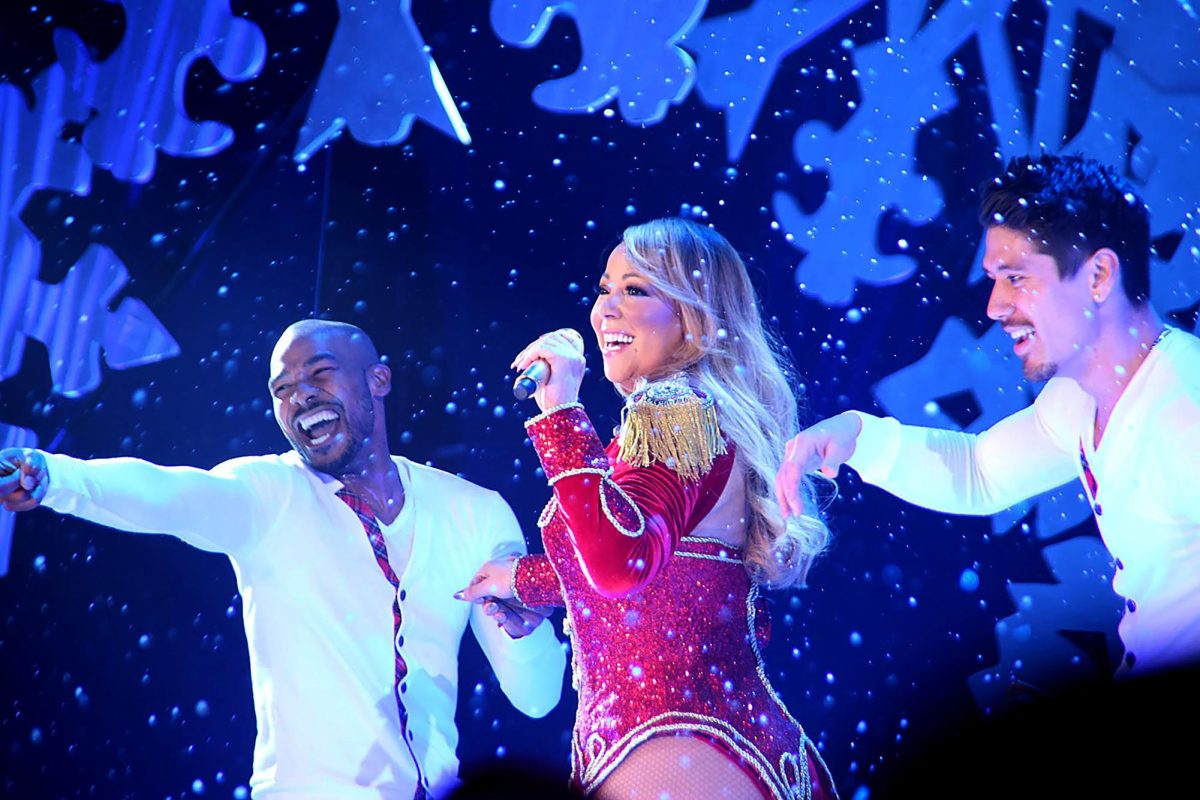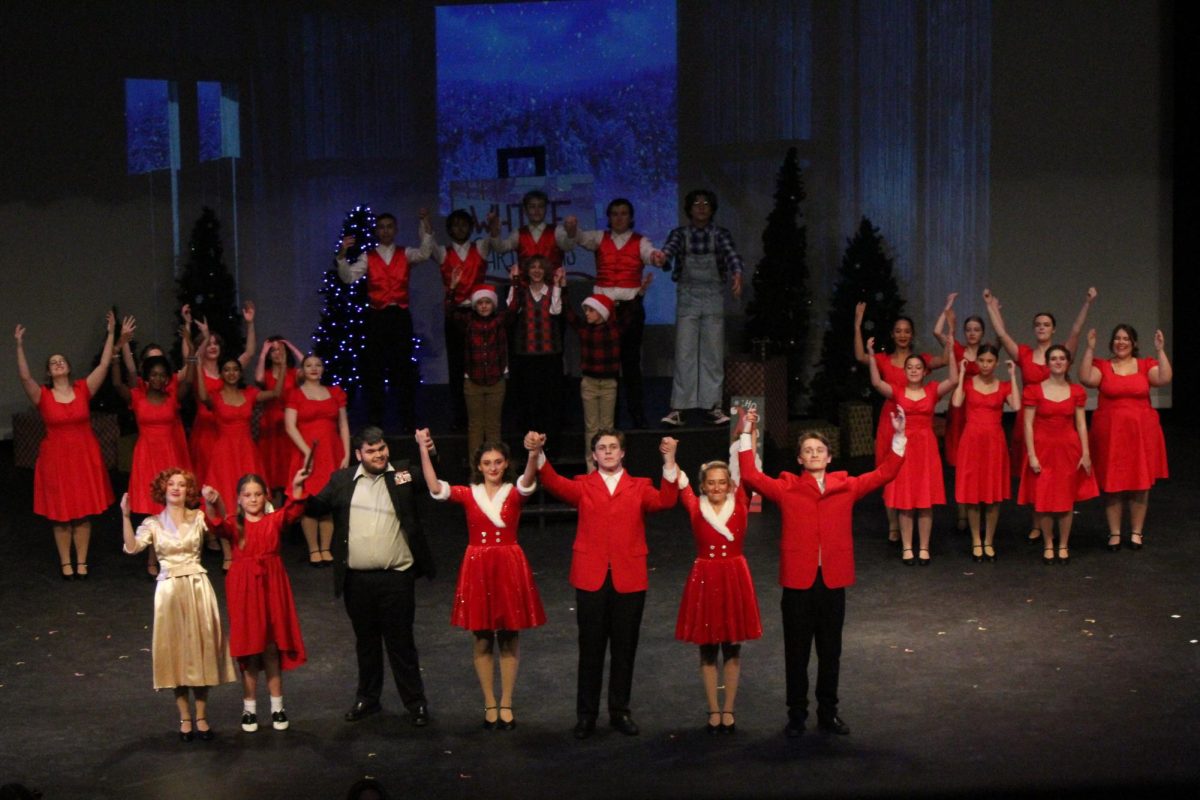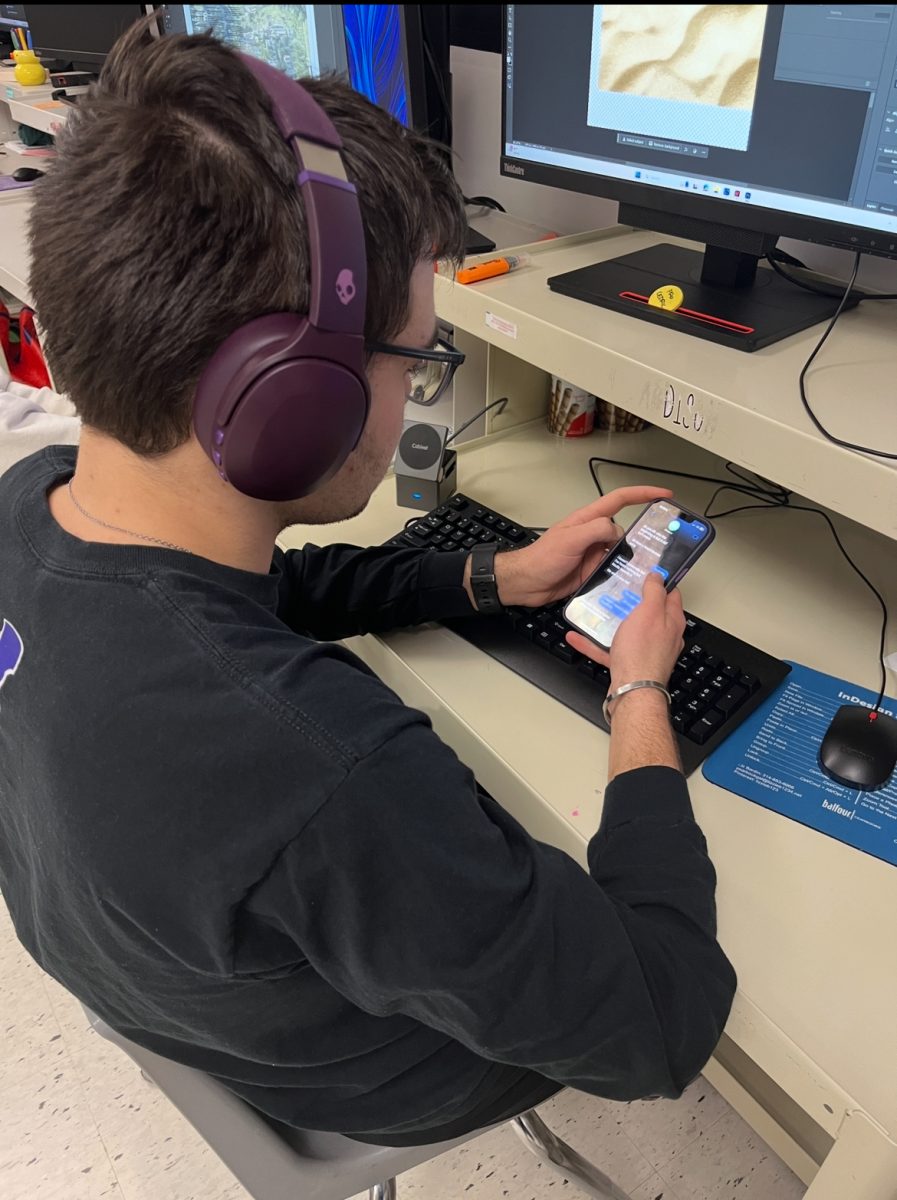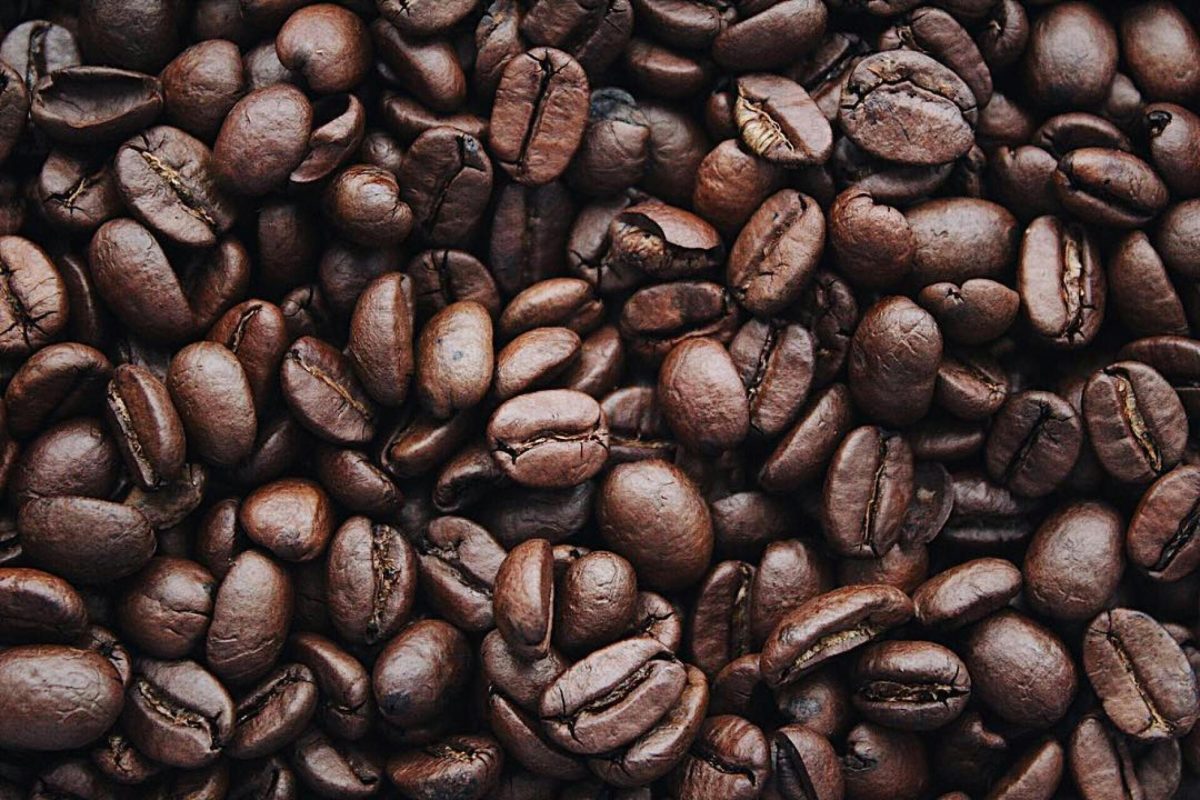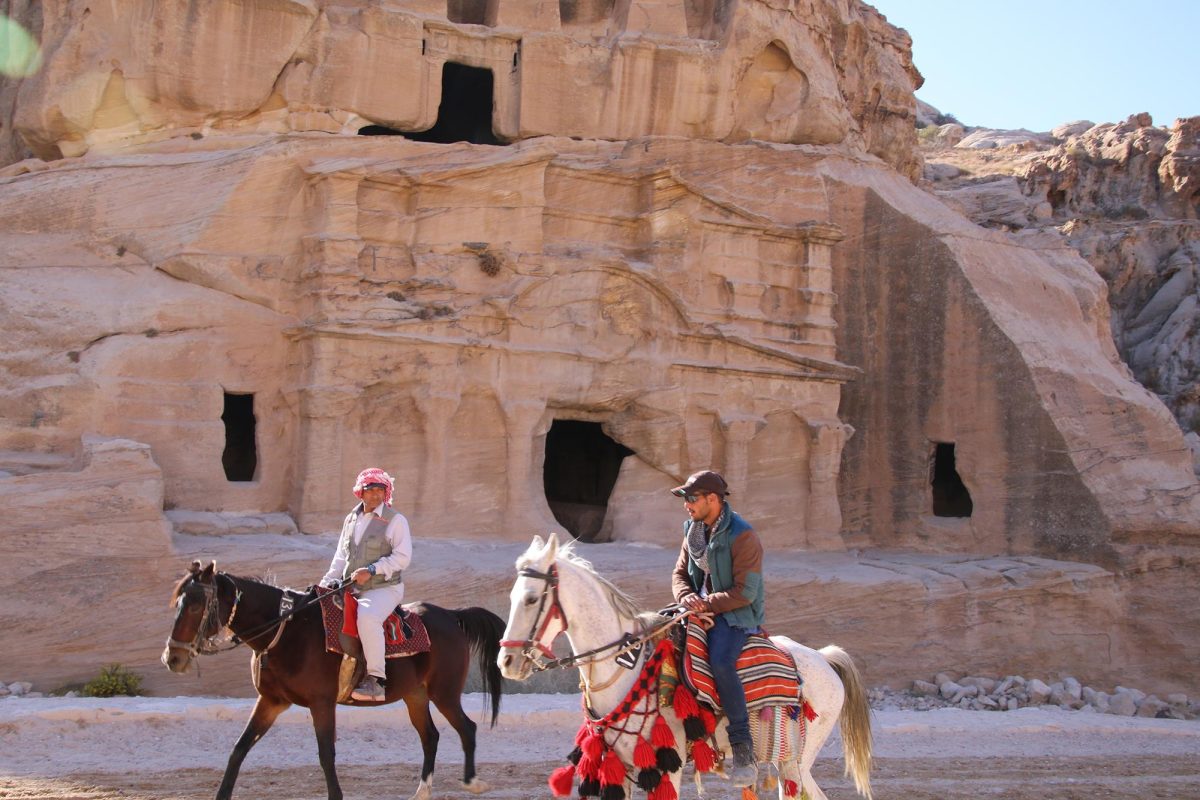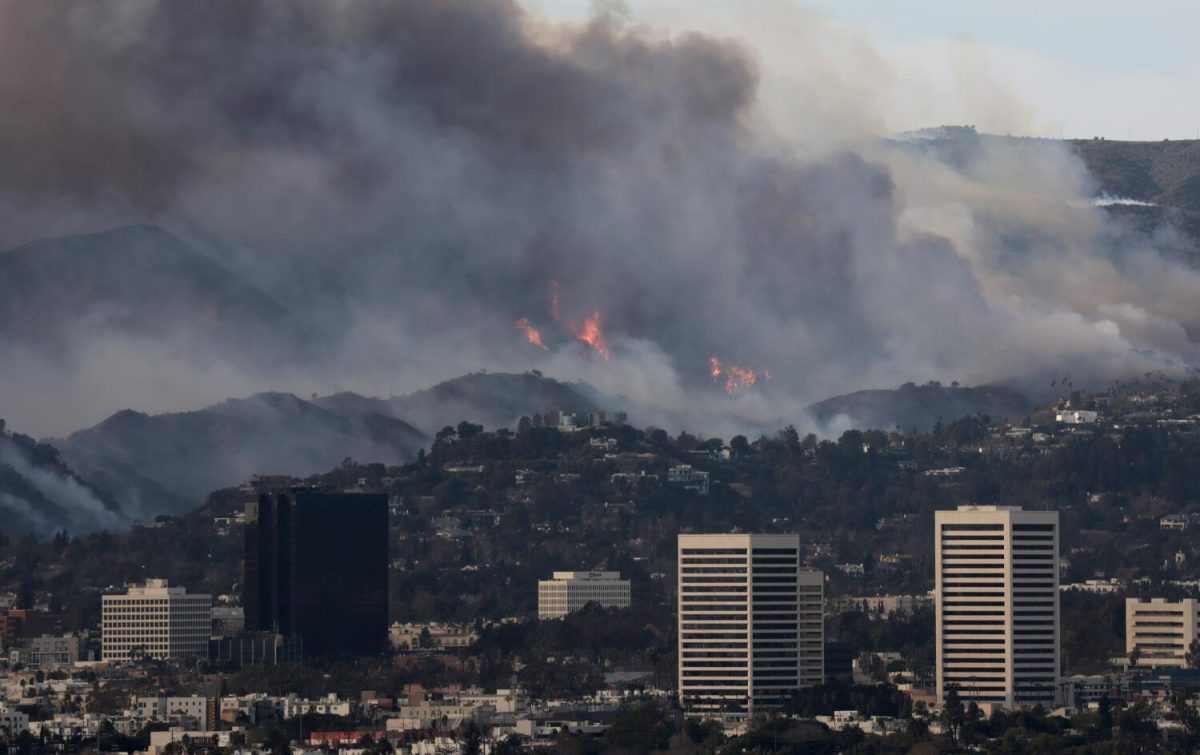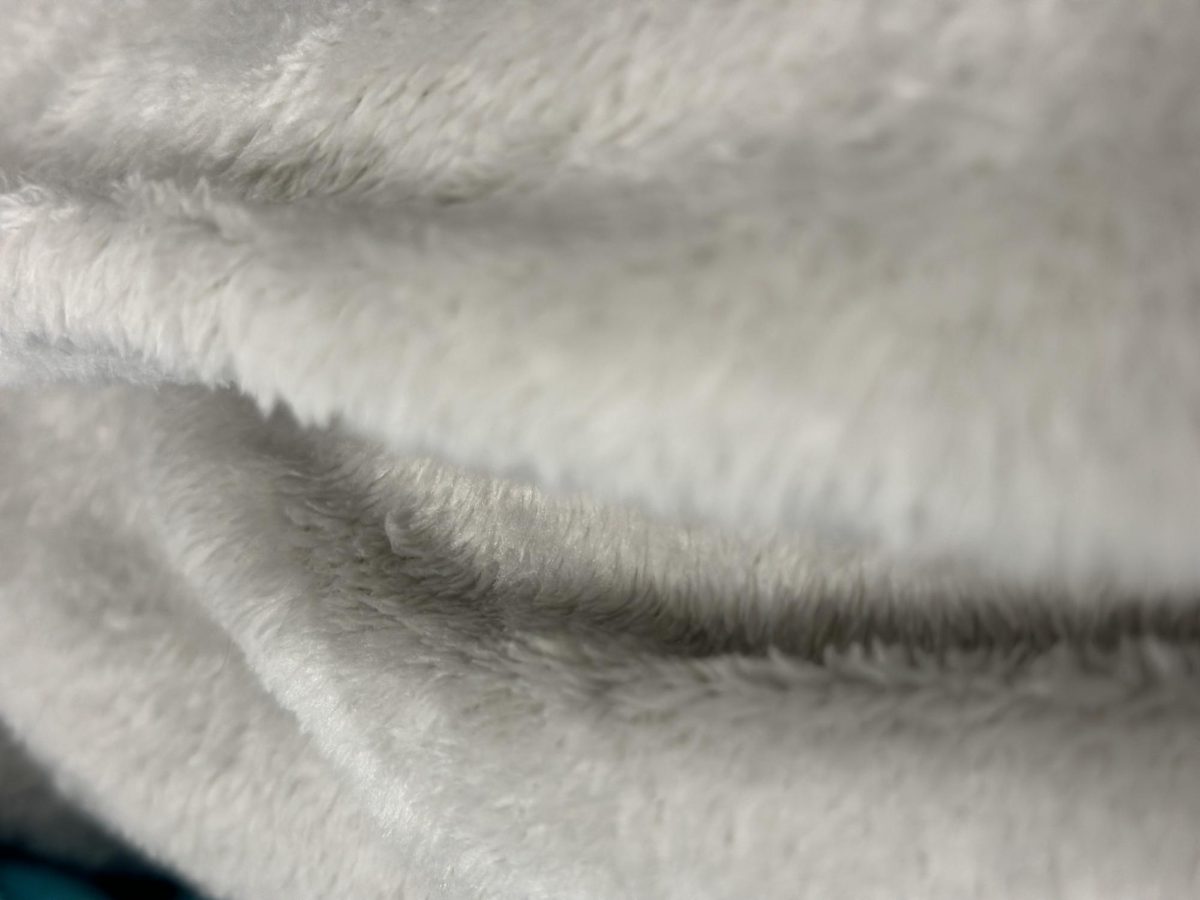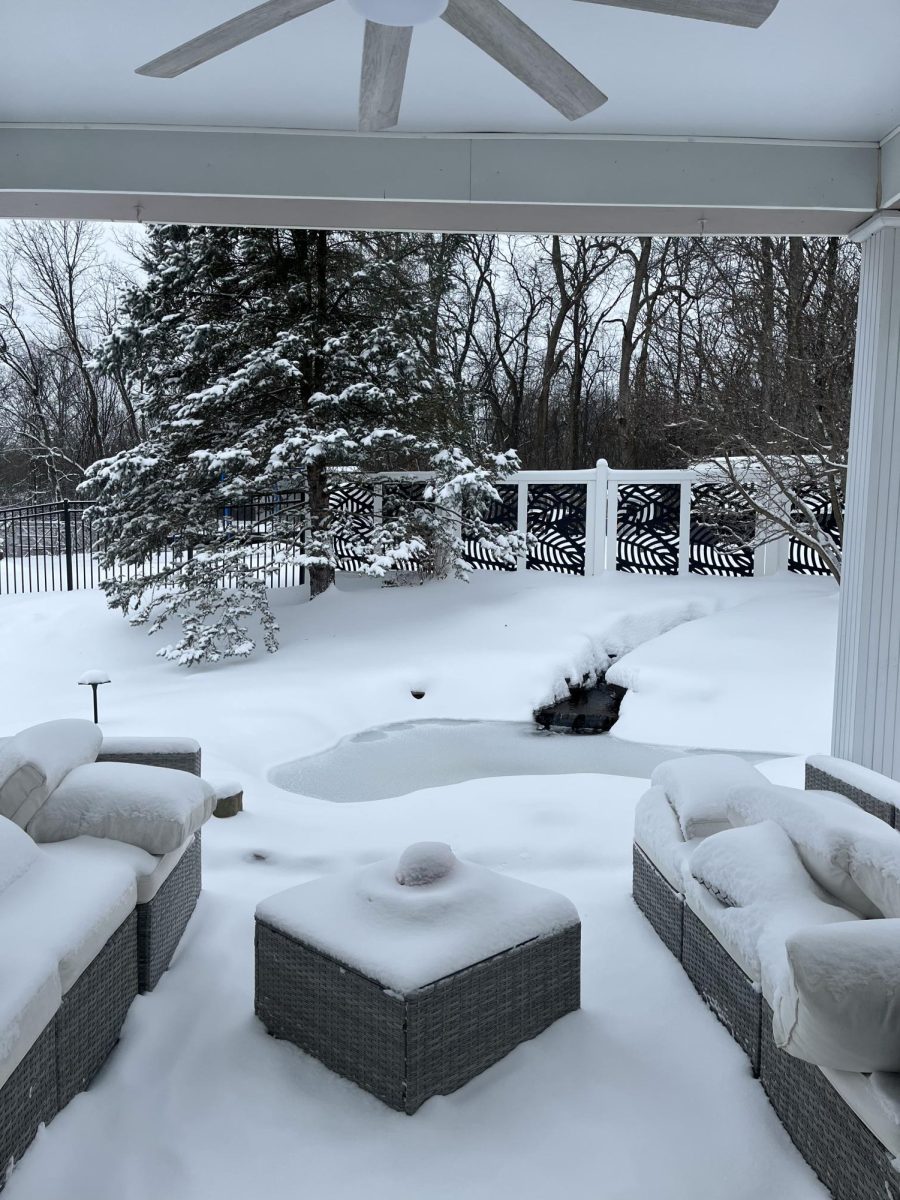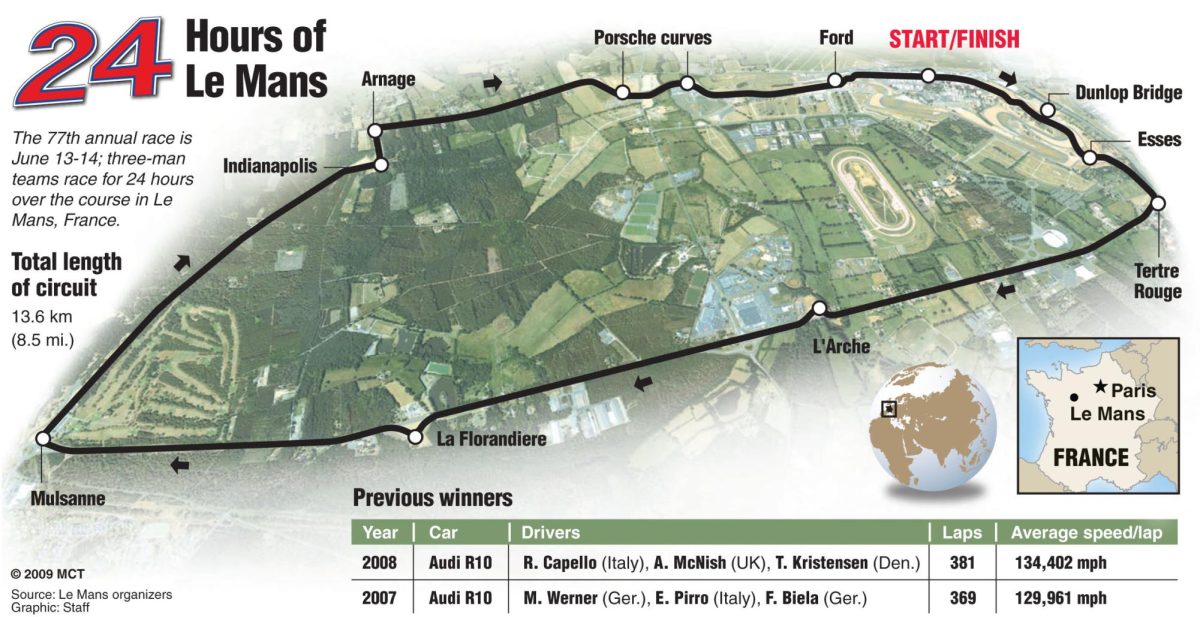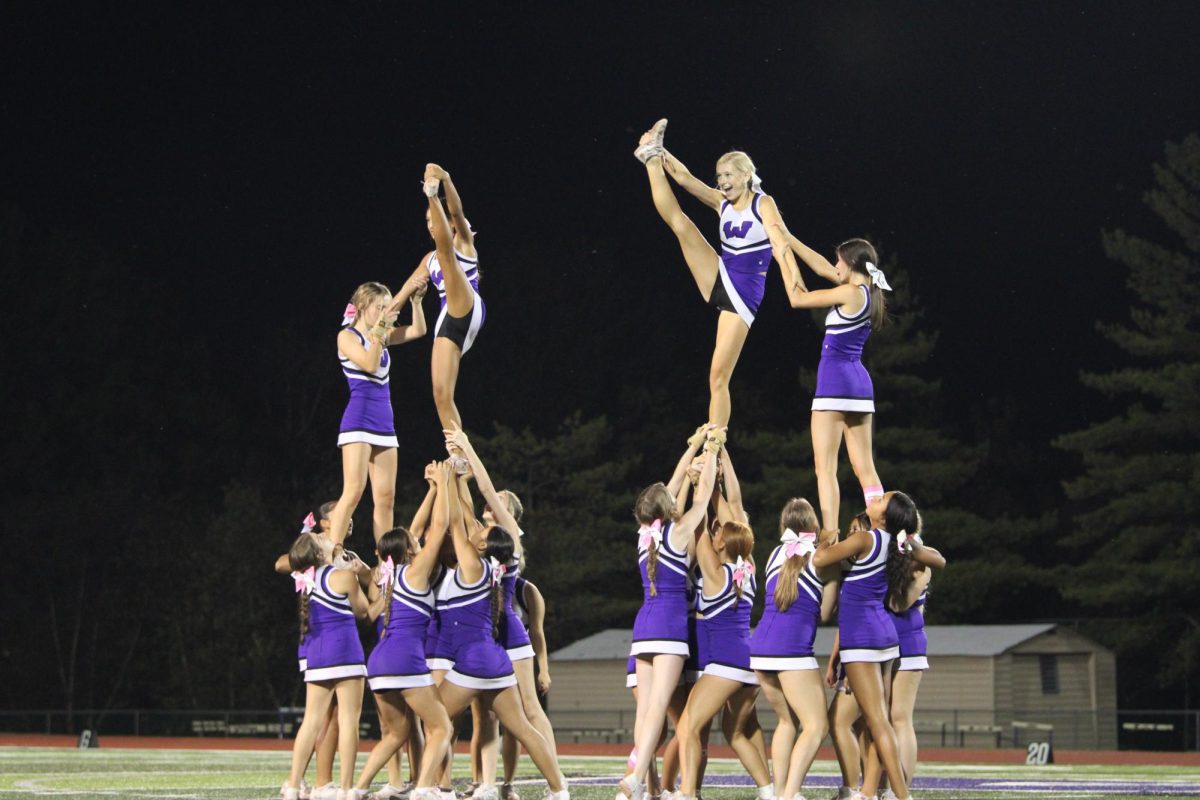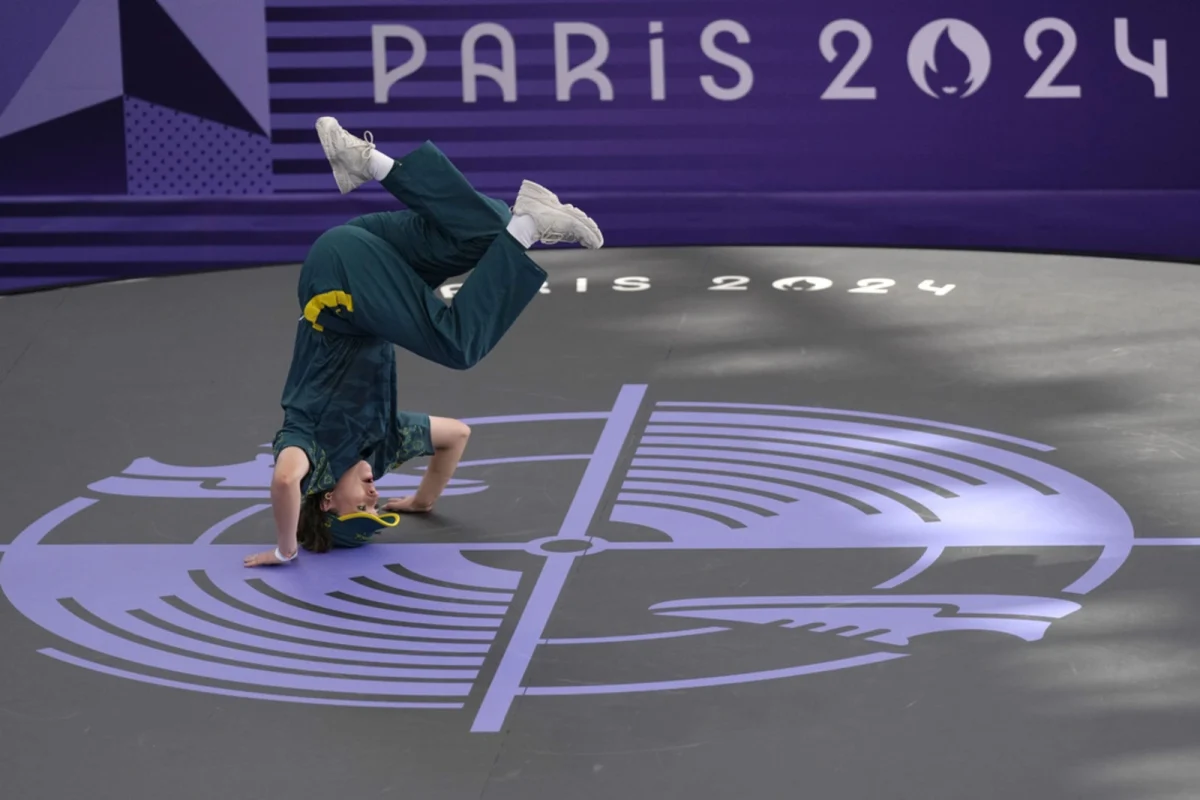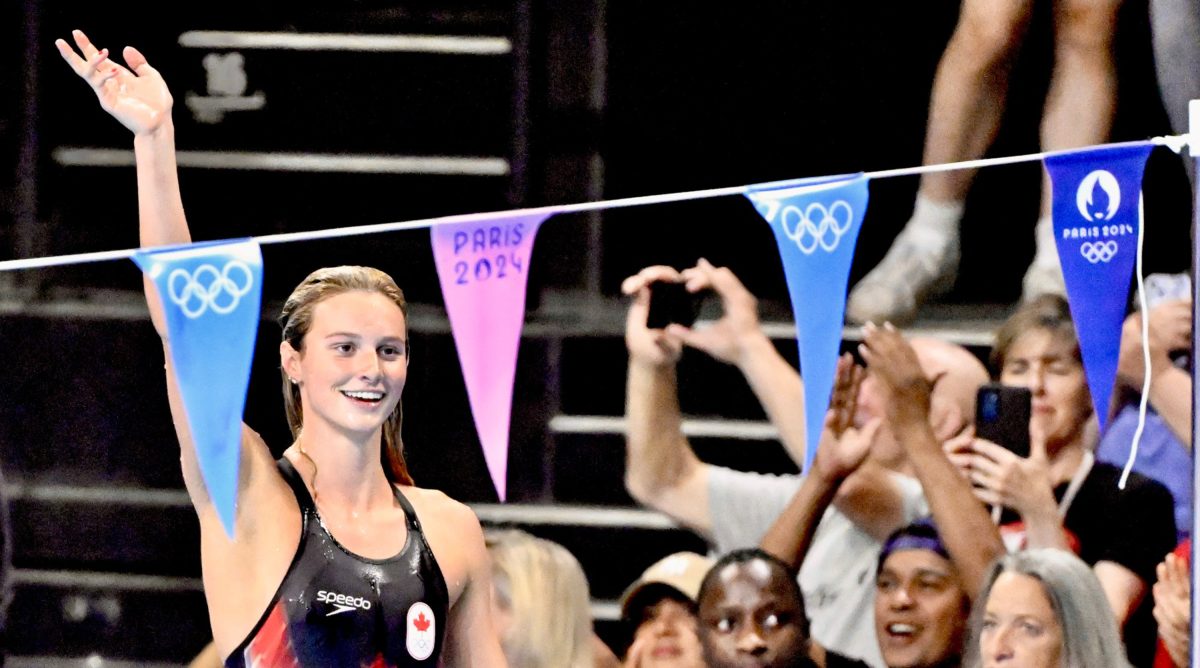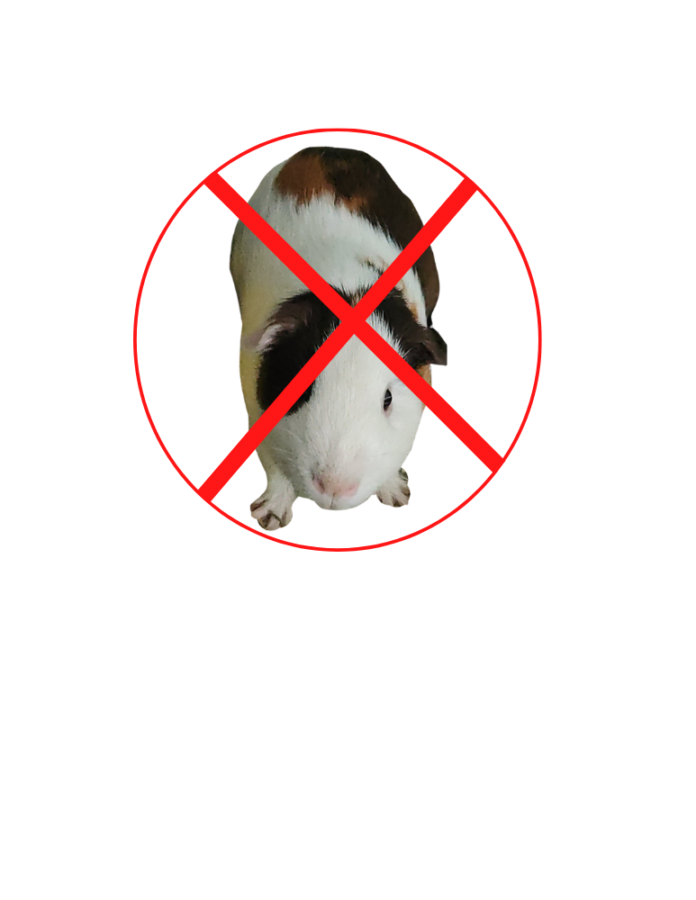Turning Back the Clock
A new winter formal could be in the works but understating how it began could affect the dance.
The winter formal transformed into a casual event before it was scrapped in favor of a carnival.
One by one, the fluorescent lights slowly come back on. Girls reach for heels they will never wear again. Boys begin the silent, exhausted walk to their cars. The winter formal is over until next year. In 2018, homecoming and prom are the only dances hosted by the school.
Also referred to as the coronation dance, the winter formal was held from the opening of the school in 1998 until 2015. The coronation court was introduced before a basketball game, similar to homecoming. Following the game, students would make their way to the commons for the dance. The Winter Formal served as a life raft to students drowning in the long winter months. Freshmen and sophomores could attend two dances, and upperclassmen had the chance to make another high school memory. The formal unified the student body for one night: all ages and classes together as one. National Honor Society (NHS) sponsored the dance for many years, but slowly, the formal turned into a casual event. Students had lost interest.
“[In a] school of over 2000, we were having 200 kids [come] to this dance,” Principal Neil Berry said. “It was really dying.”
In order to save the winter formal, NHS tried a Sadie Hawkins aesthetic, a neon theme and loads of advertising. They also began to sell t-shirts as admission to the dance and the basketball game in hopes of a better turnout. However, their attempts never seemed to work.
“If we didn’t sell 250 tickets we weren’t going to have it,” Berry said.
The final year, less than 150 tickets were sold. The low attendance meant NHS could not afford to sponsor the dance any longer, left with no other choice, NHS abolished the winter formal.
The first step towards recovering coronation would be to consult NHS. If they opted to sell t-shirts as admission and attire, the cost would be less than other dances, but still a small expense. If they decide not to sponsor the dance, it is up to the student body to find an organization that will. Assuming the coronation was formal, this could be too costly for families.
“A dress or suit can be expensive,” freshmen Erynn Easley said. “I definitely don’t think parents would want to pay for three.”
Three years later, the student body is left questioning their decision to cancel the coronation. In a survey, 68 percent of students voted yes to a winter formal. However, this still leaves a portion of the student body reluctant to attend.
The coronation dance is an event for all grade levels. Additionally, the money raised from ticket sales can be put towards the needs of a school organization. If the dance is held following a basketball game, then attendance at the game would increase, too.
“I have heard many people talking about how they would want a winter formal, so a lot of people would definitely go,” junior Leilani Jarosz said. “The sophomores and freshman only have one dance to go to each year, so I think they especially would enjoy another dance.”
The winter formal gives students something to look forward to in the winter months and promotes school spirit, but it could be costly. In the past, students lost enthusiasm for a coronation. Three years later, the high school is full of fresh faces, and the new students may have contrasting opinions to alumni. Cinderella has already left the dance, so if the student body does not return for the glass slipper, the clock will officially strike midnight on the winter formal.

